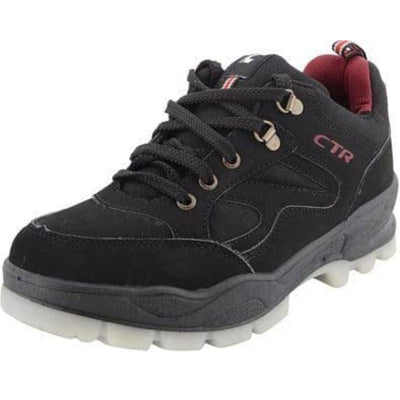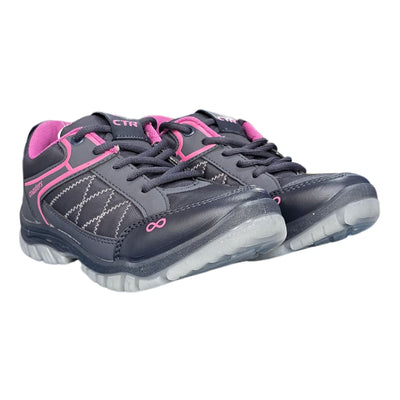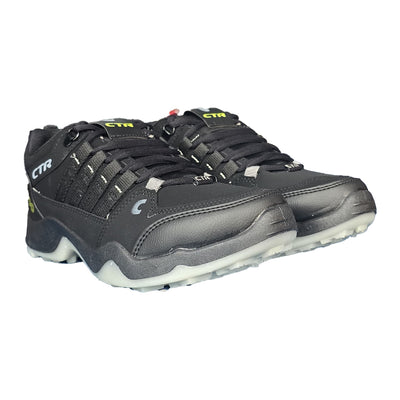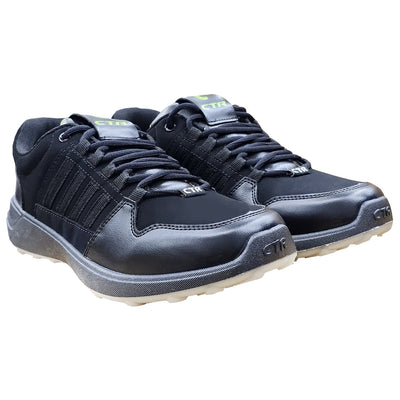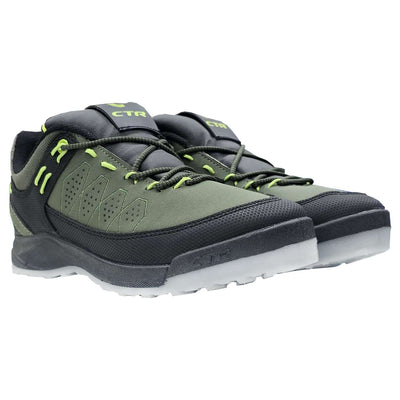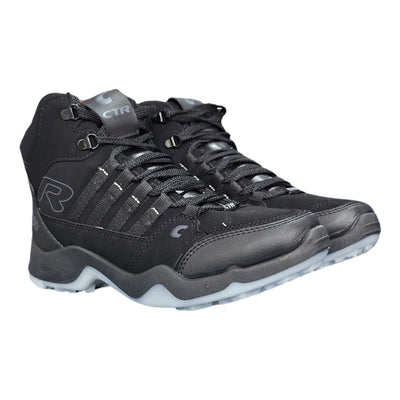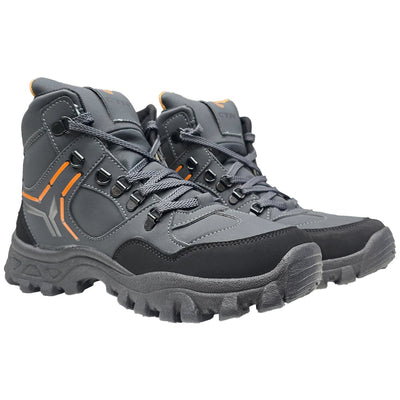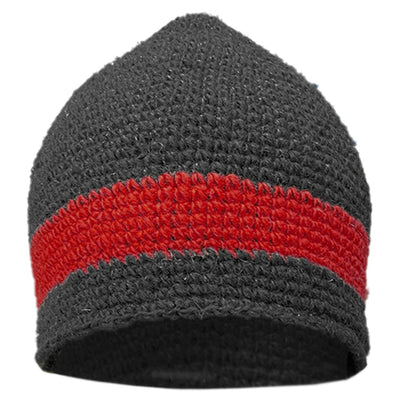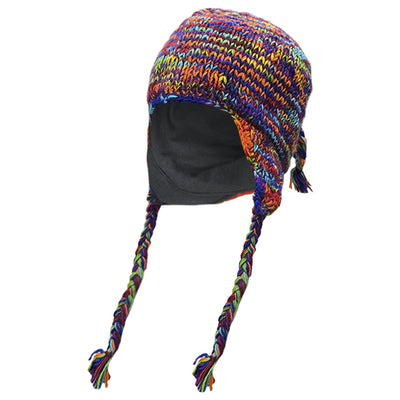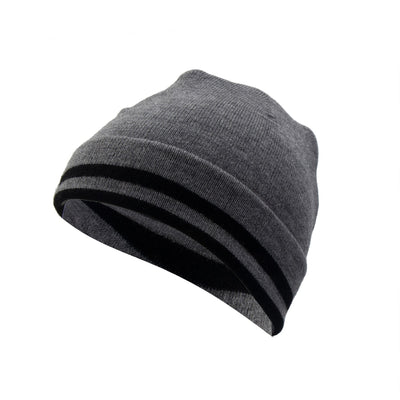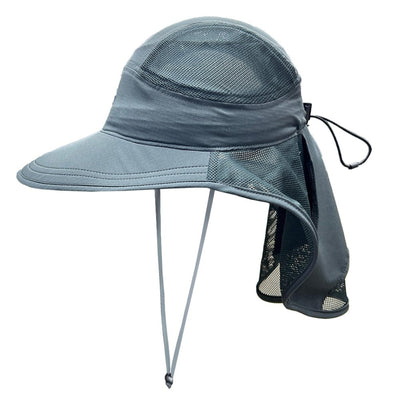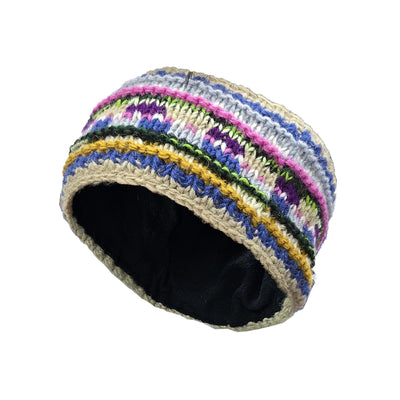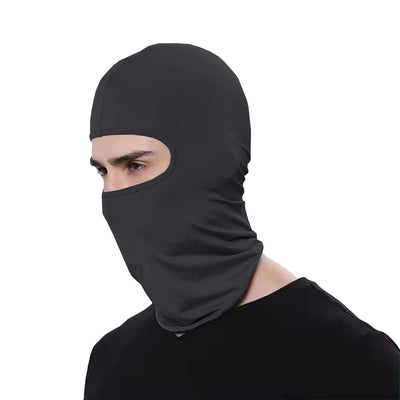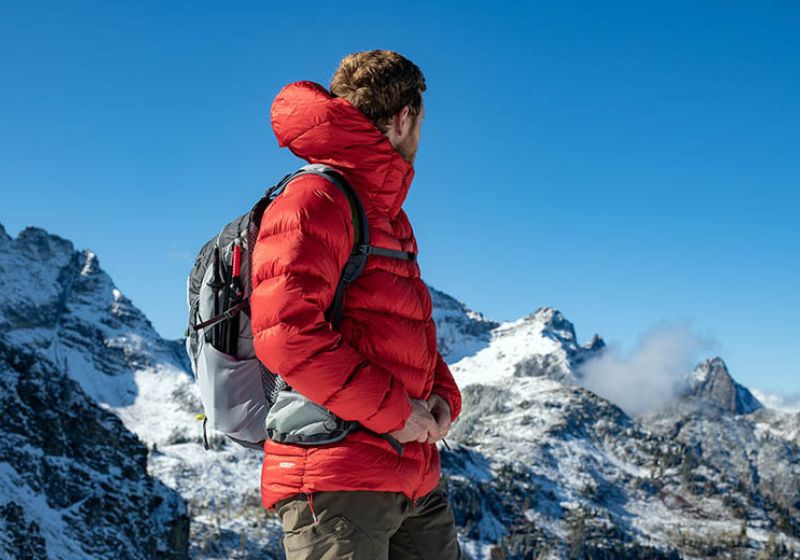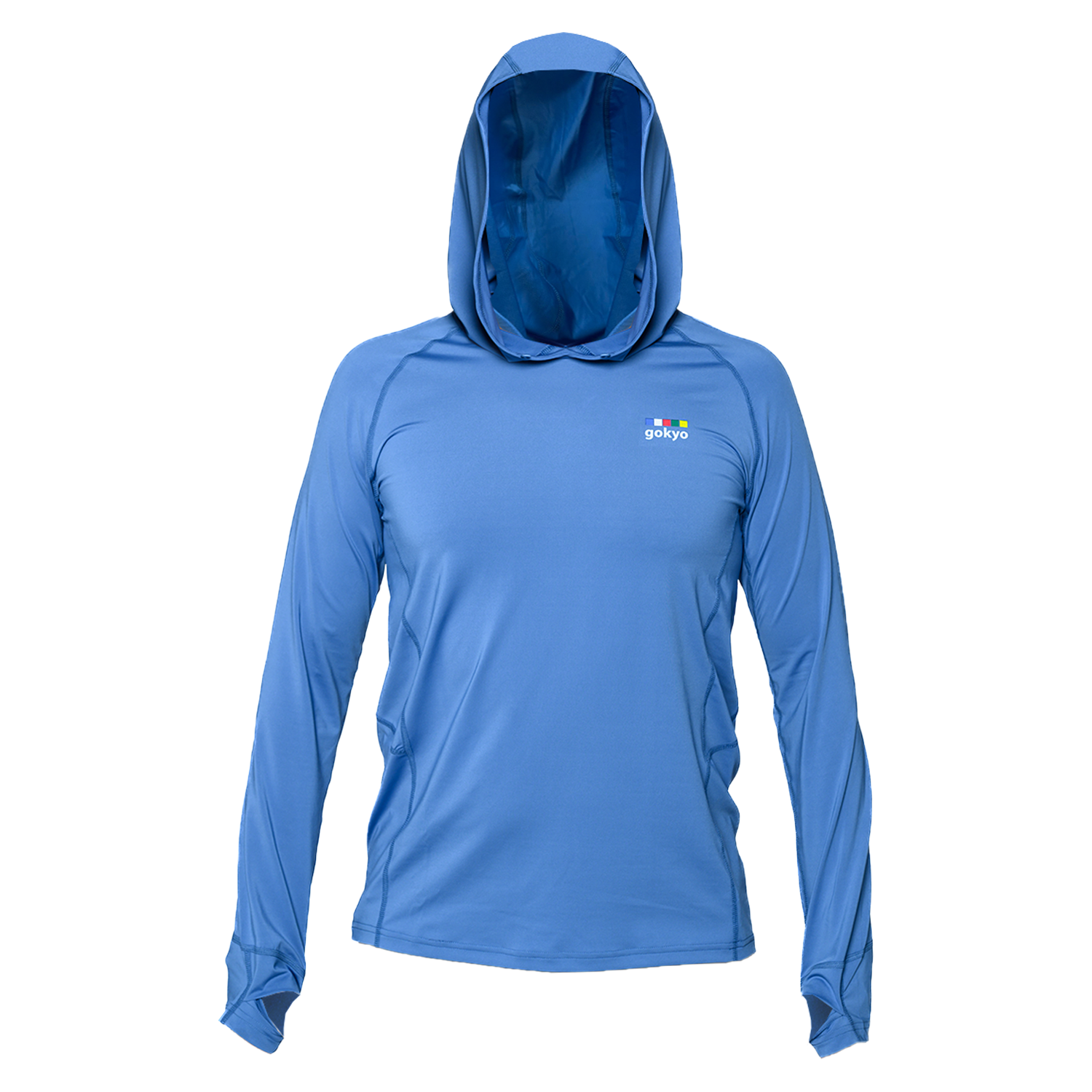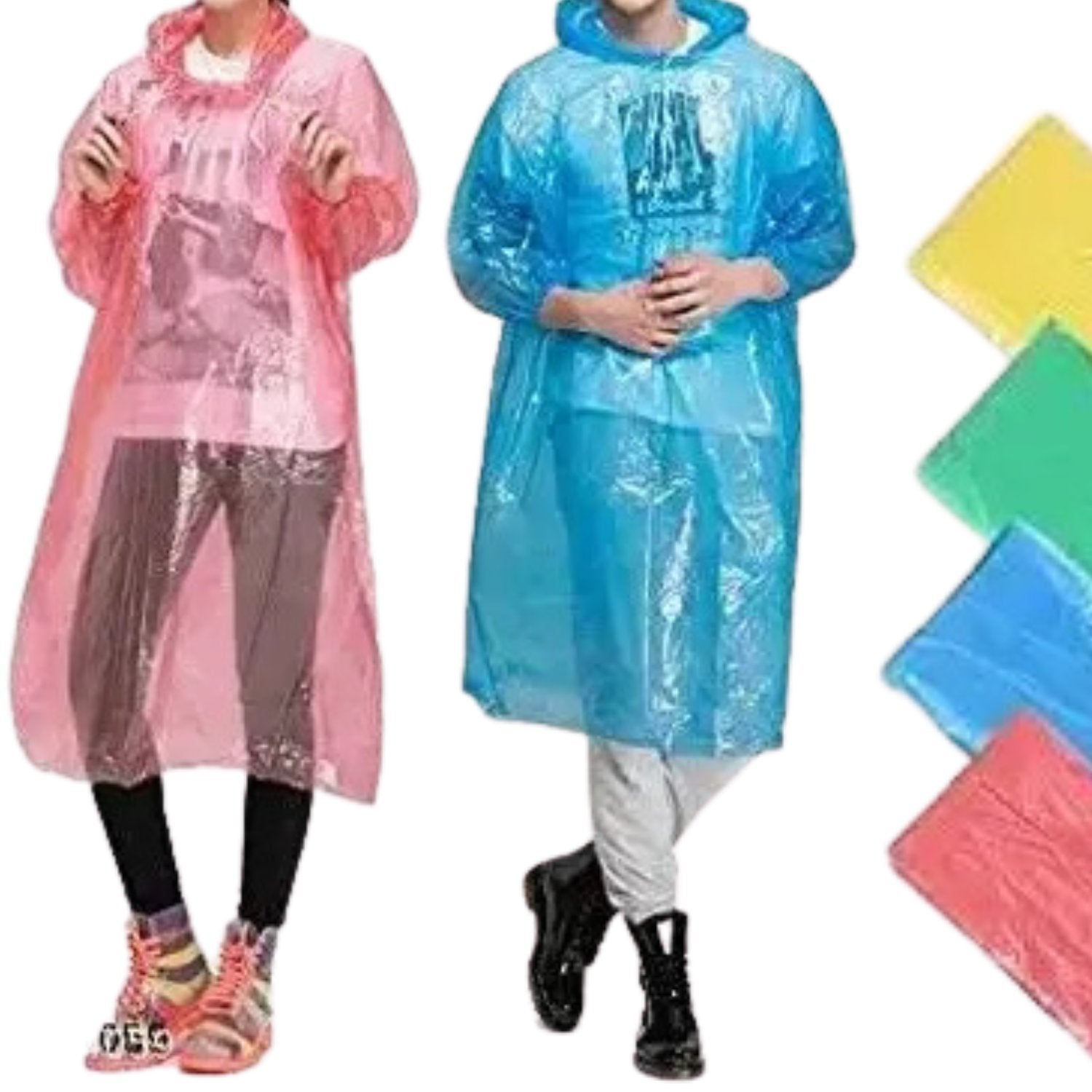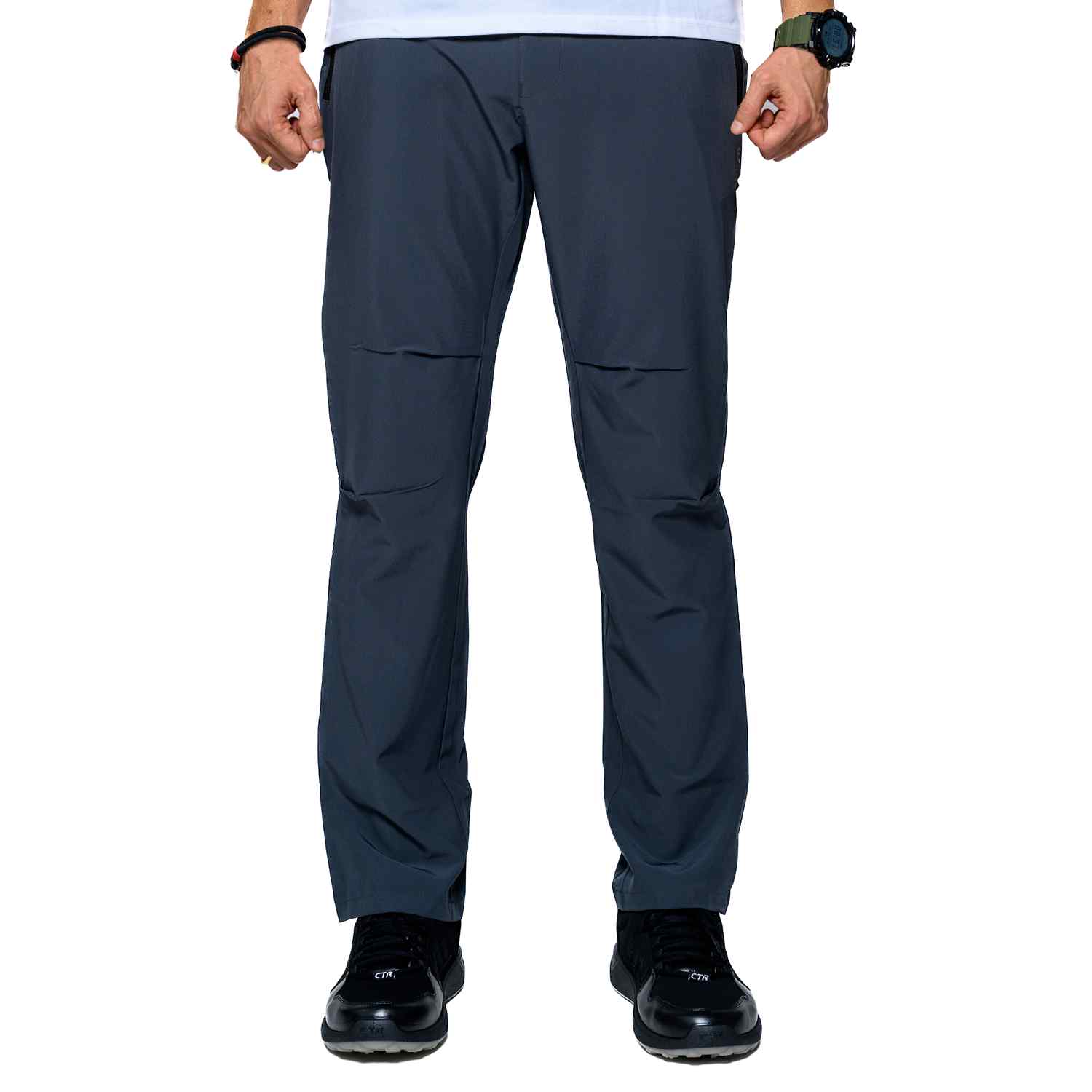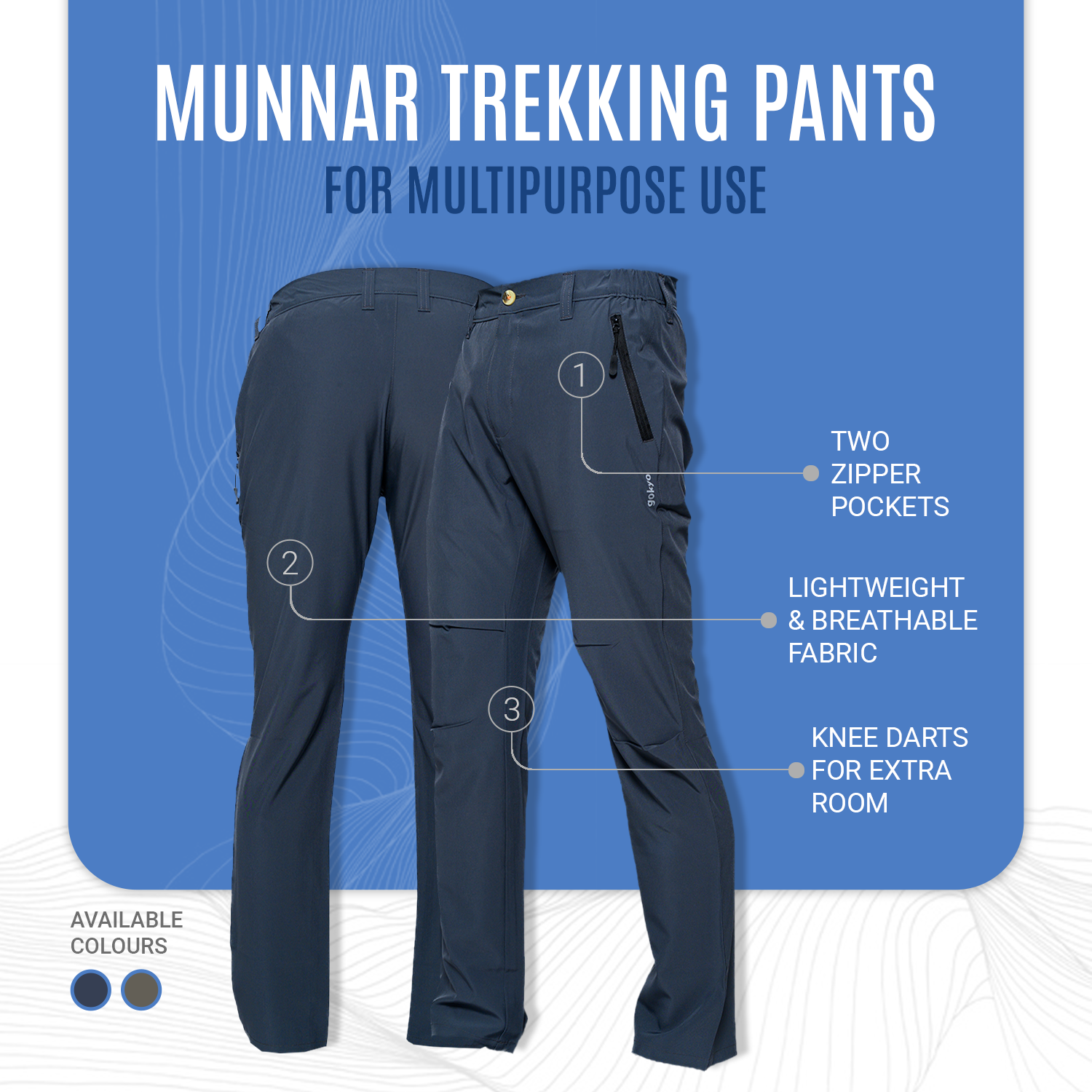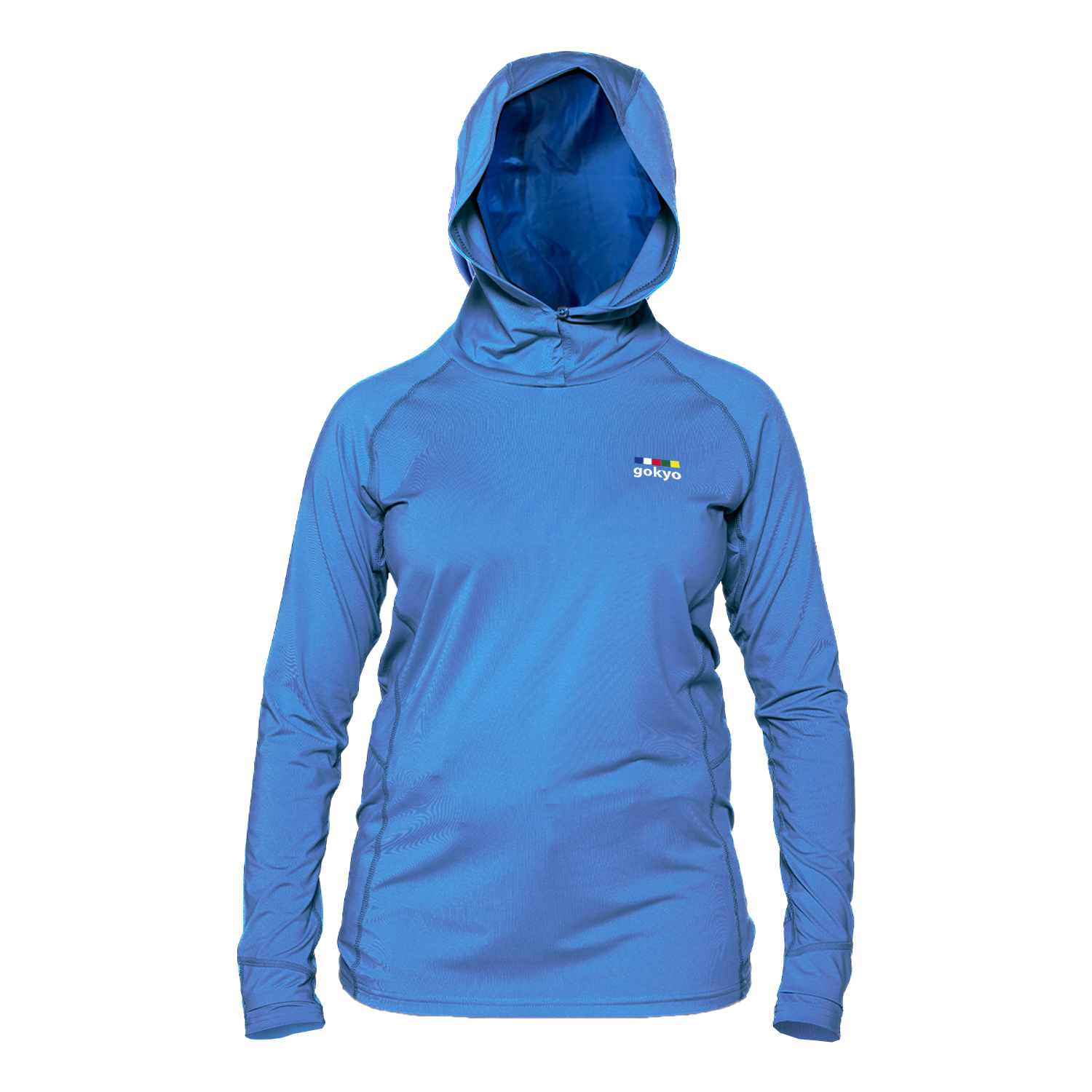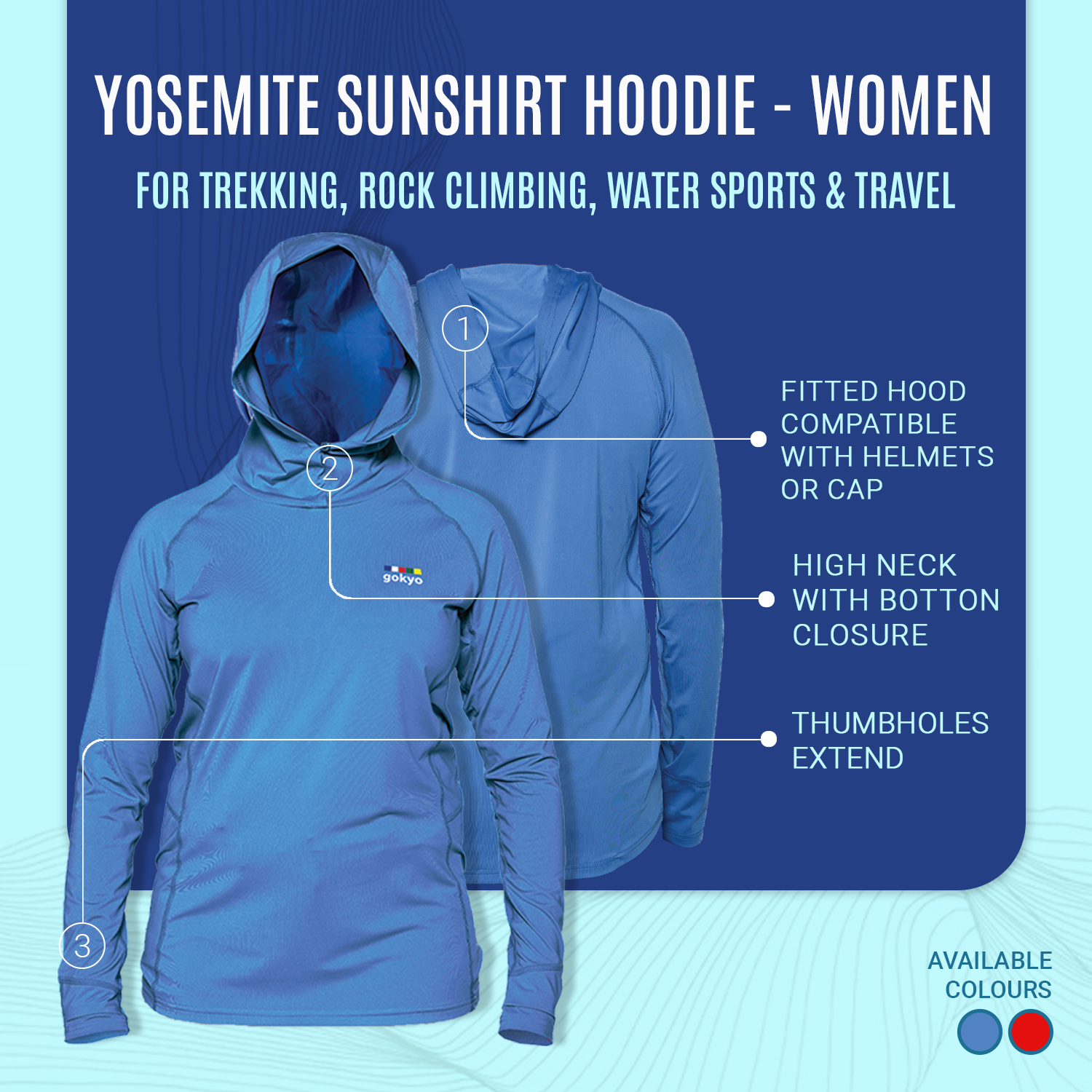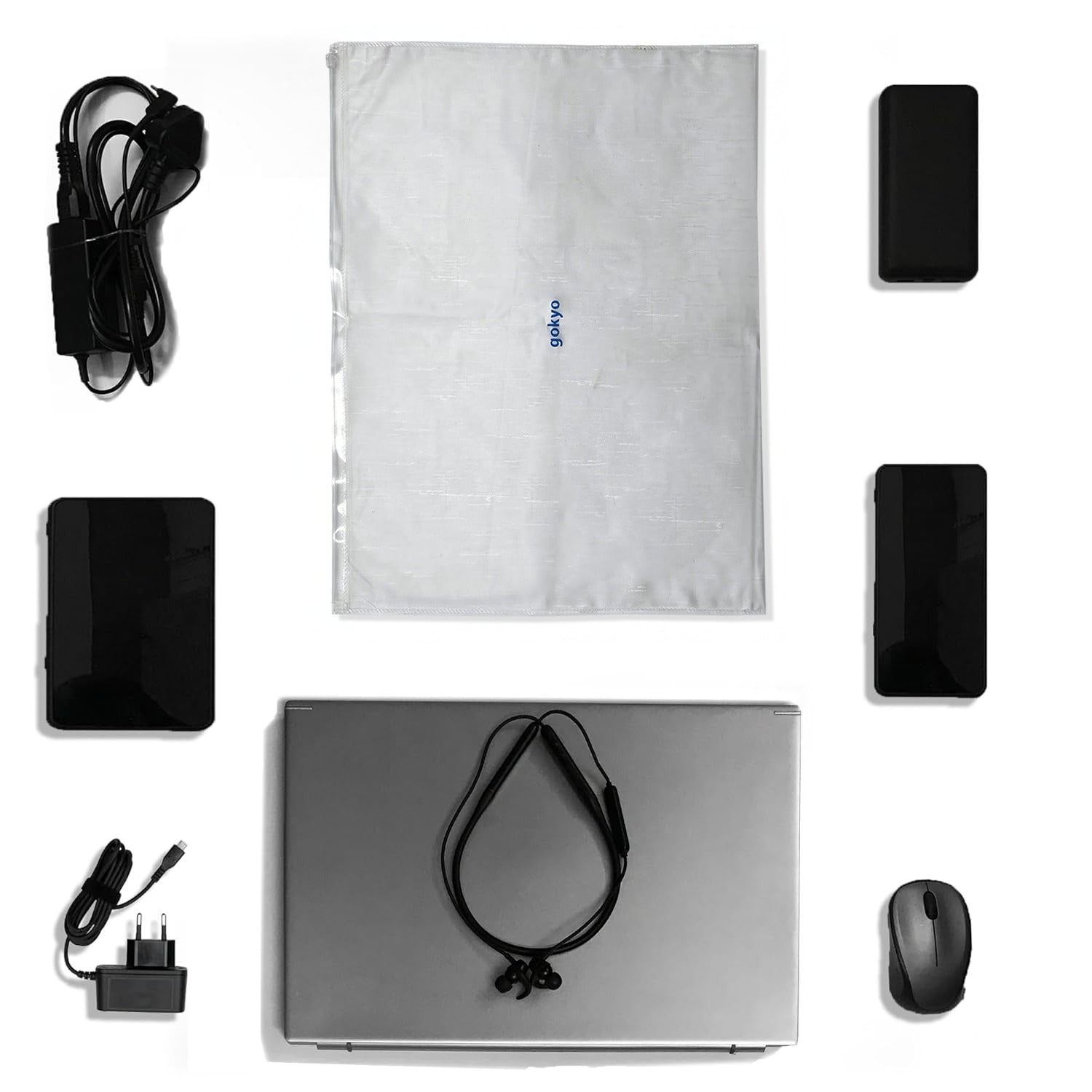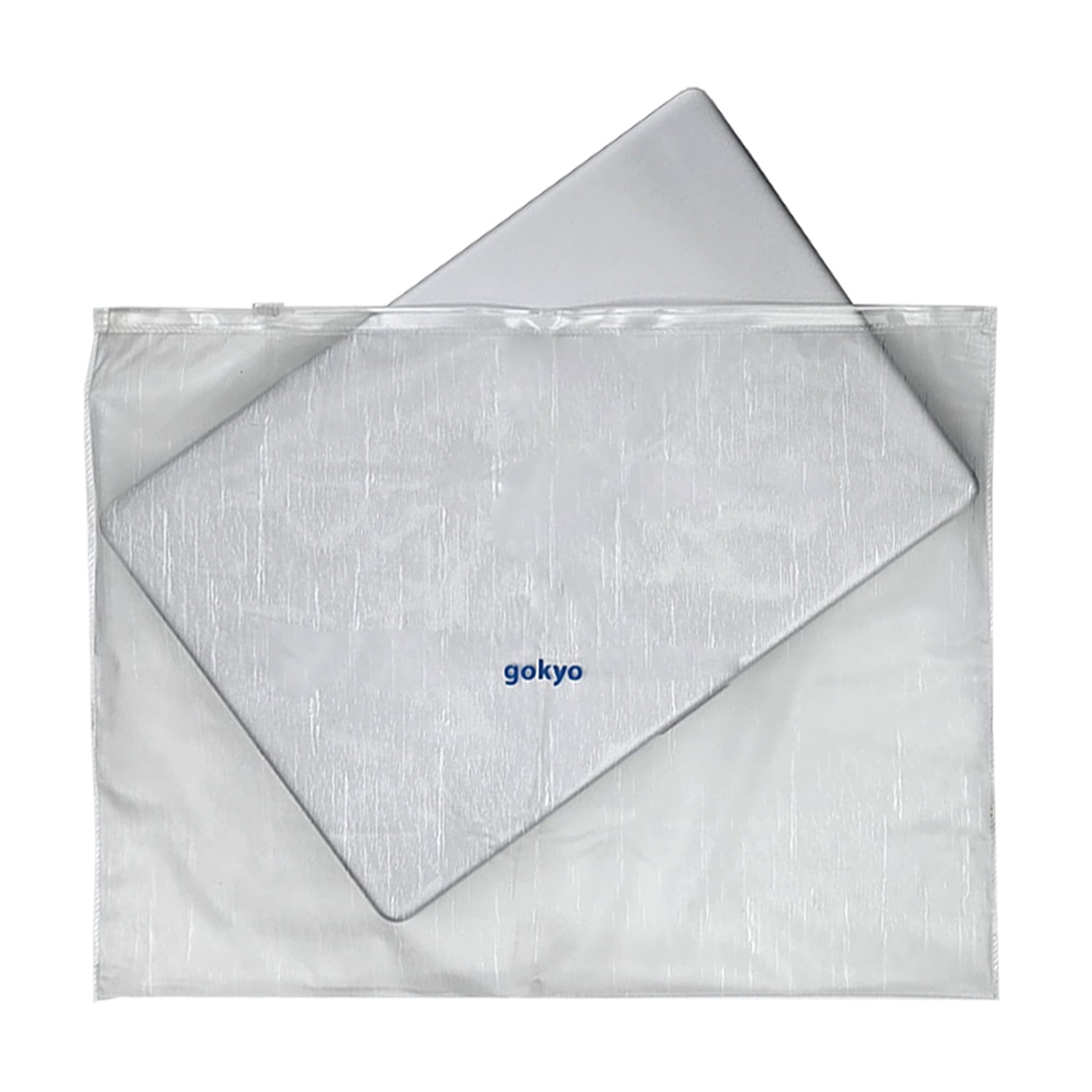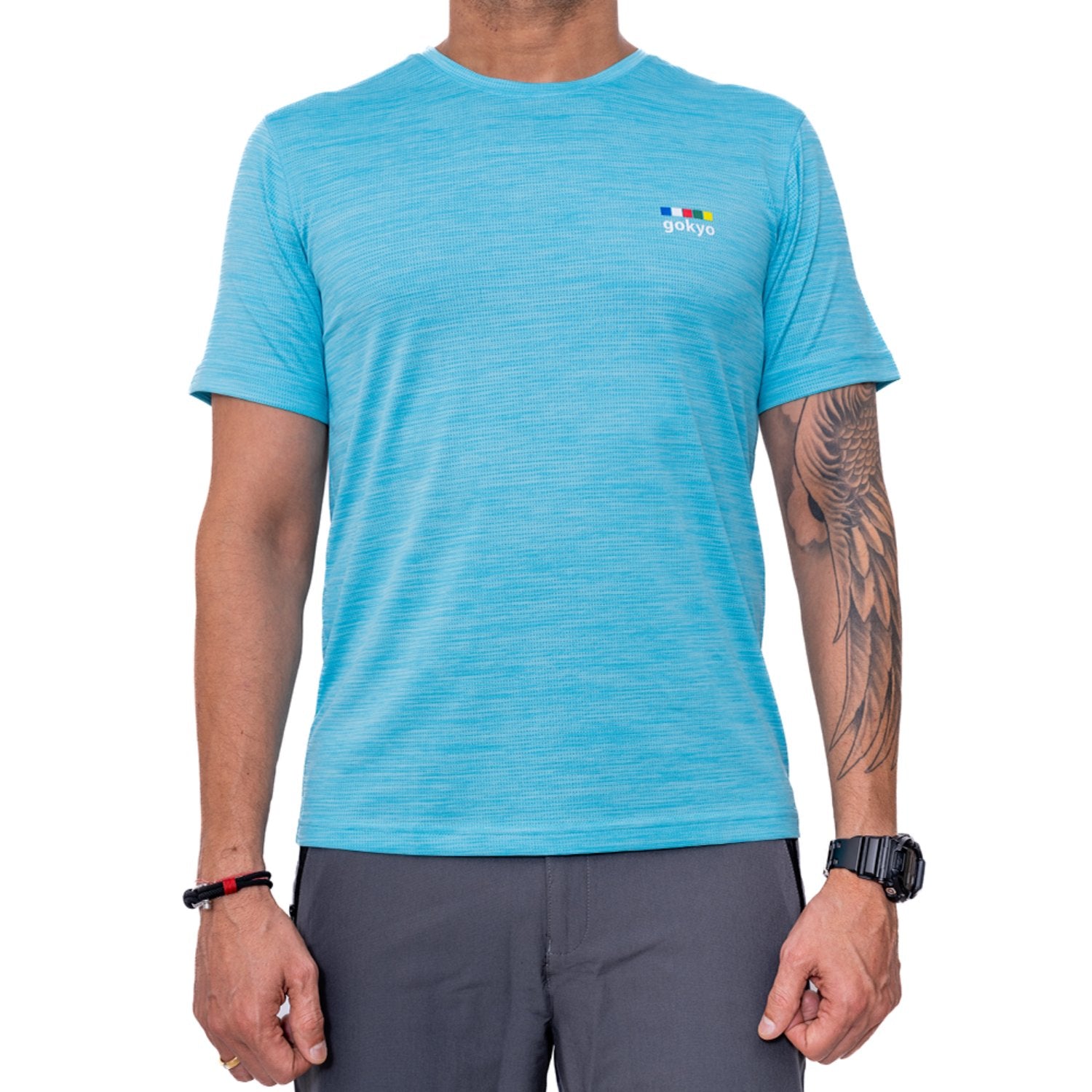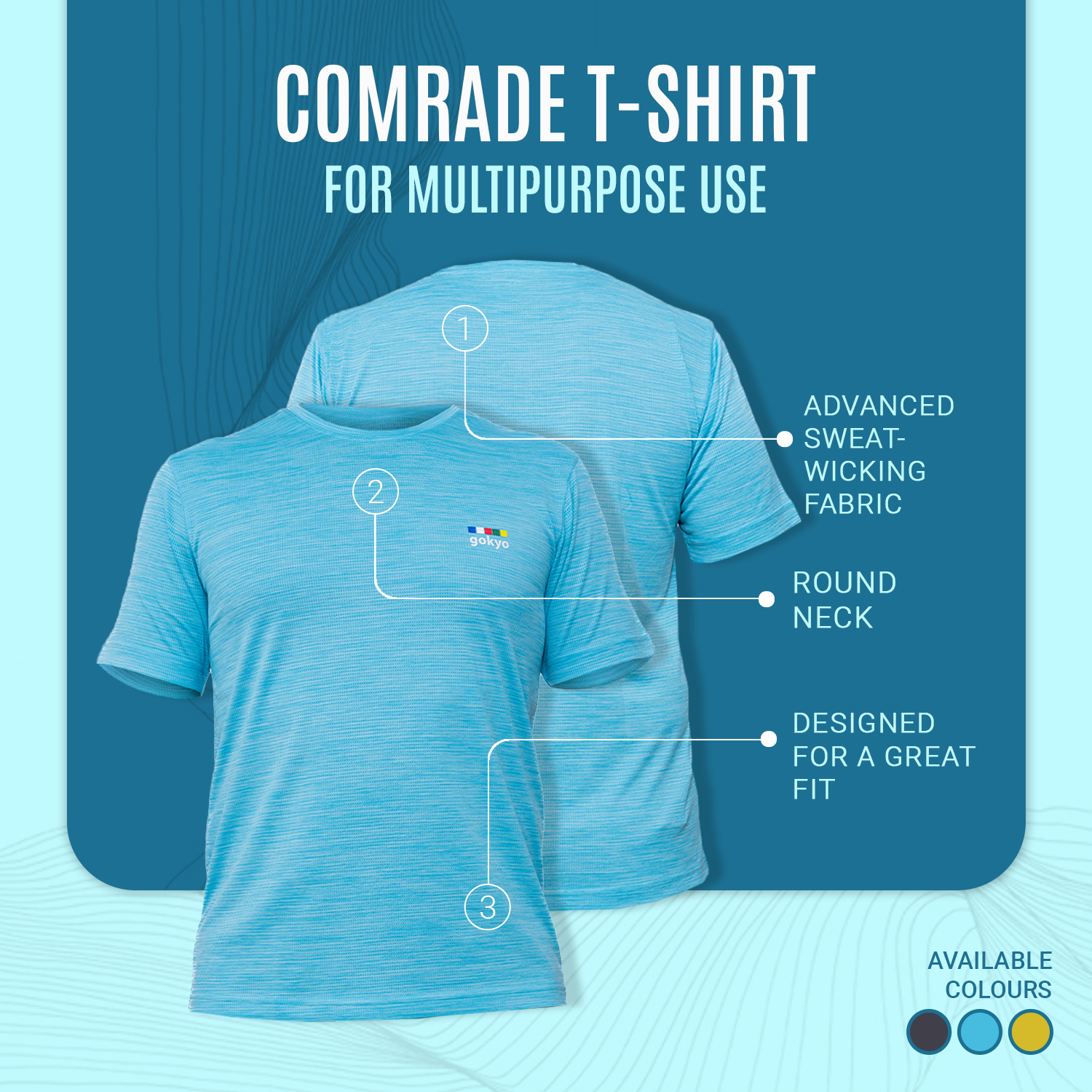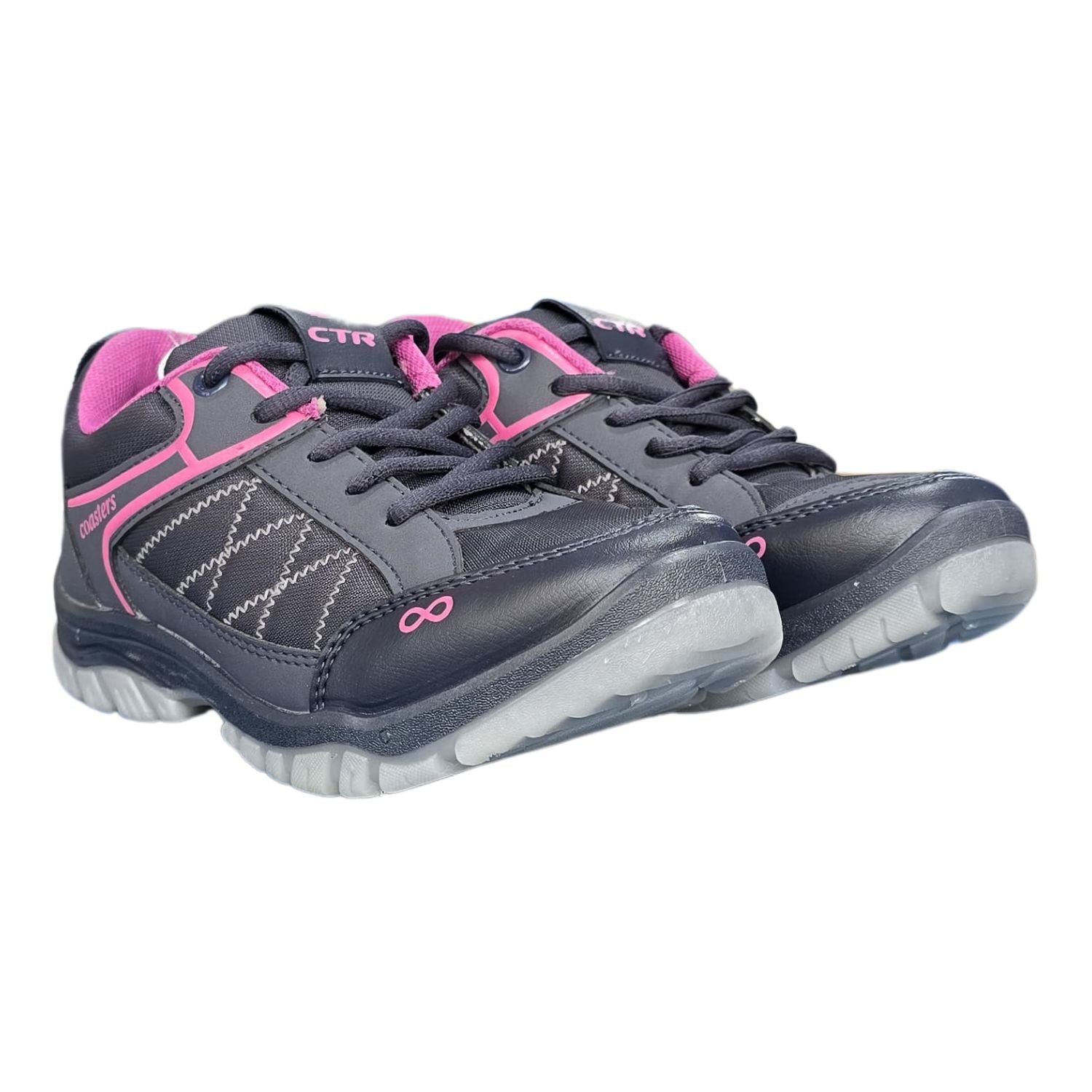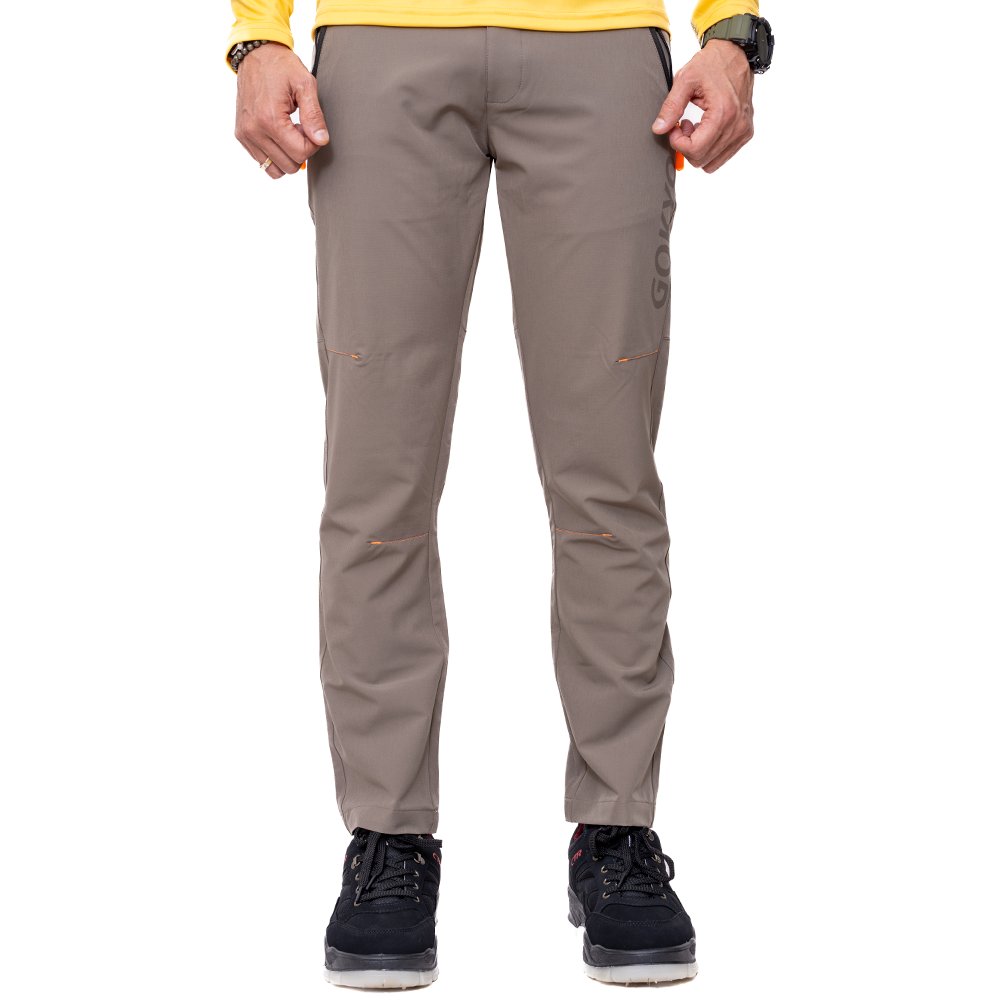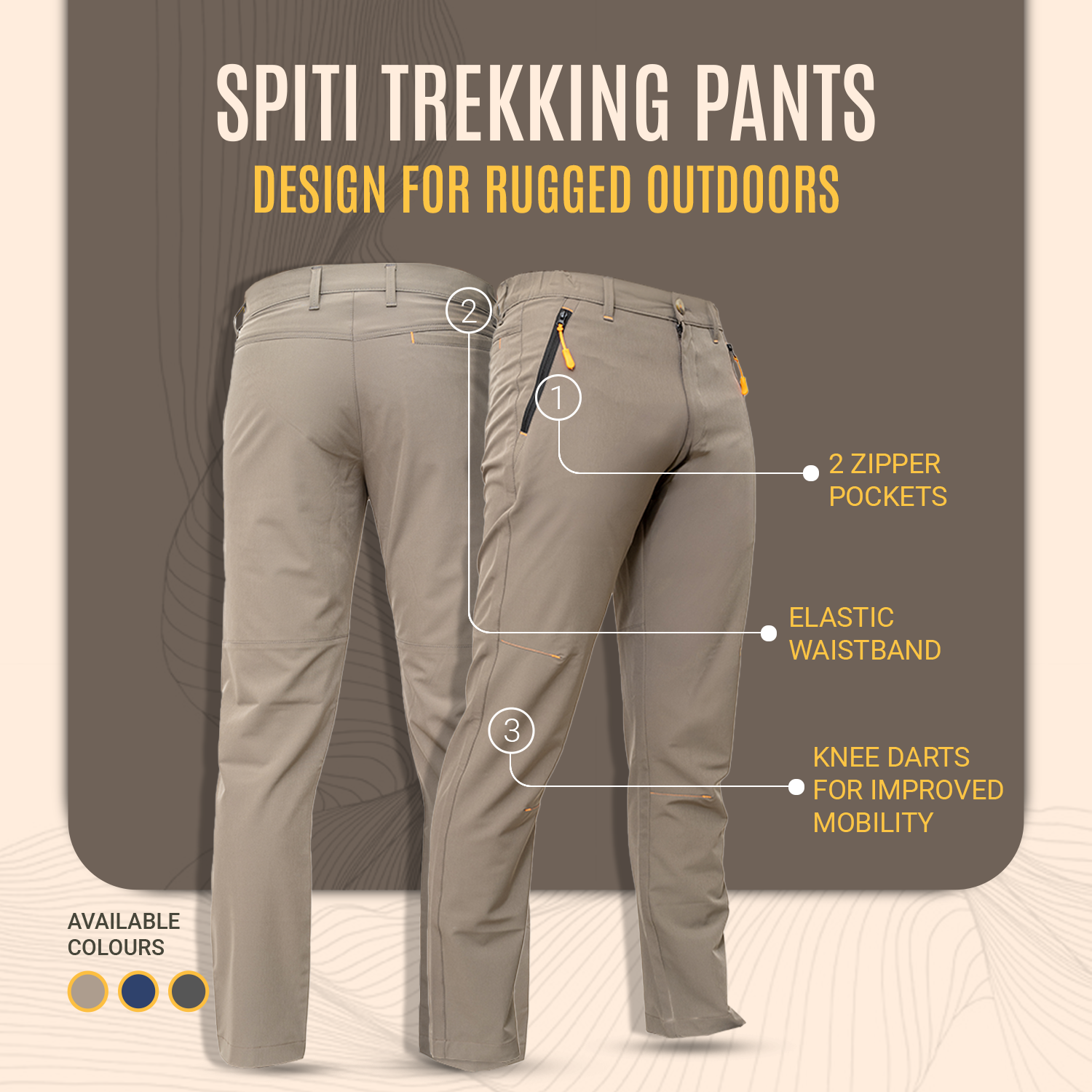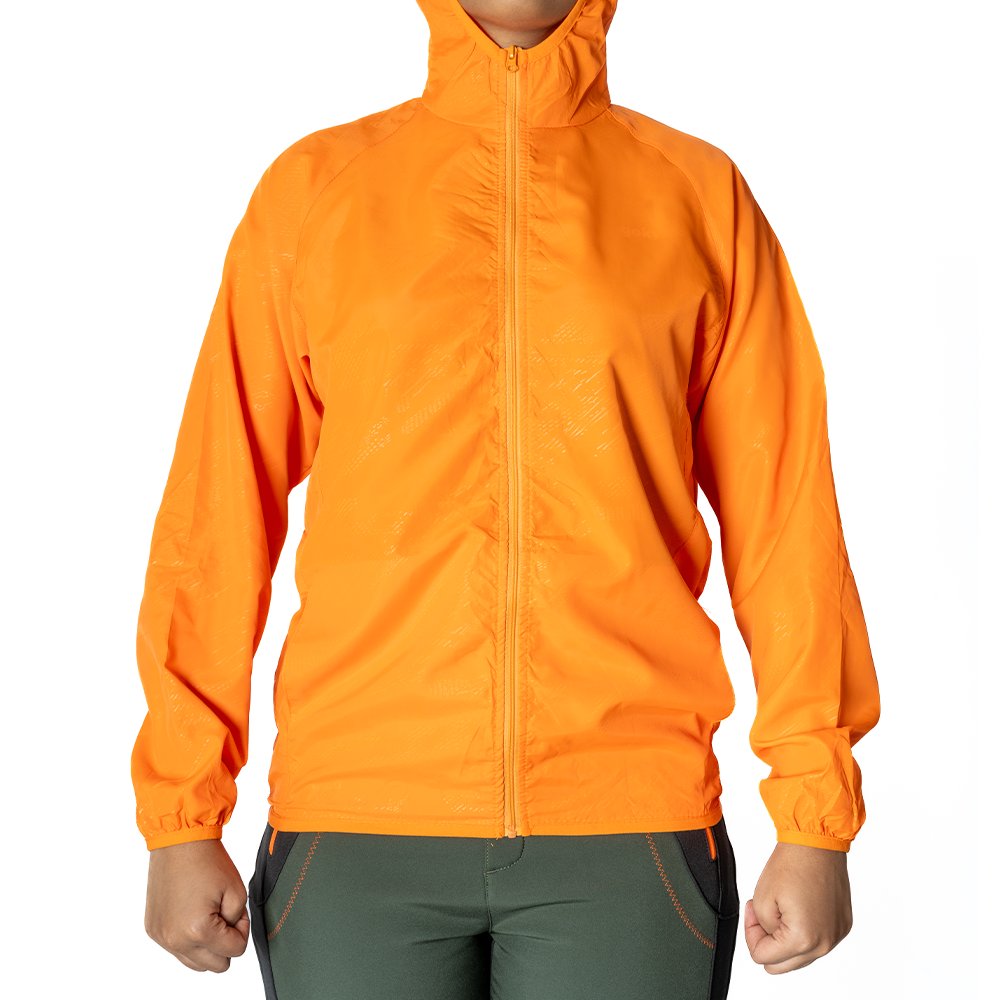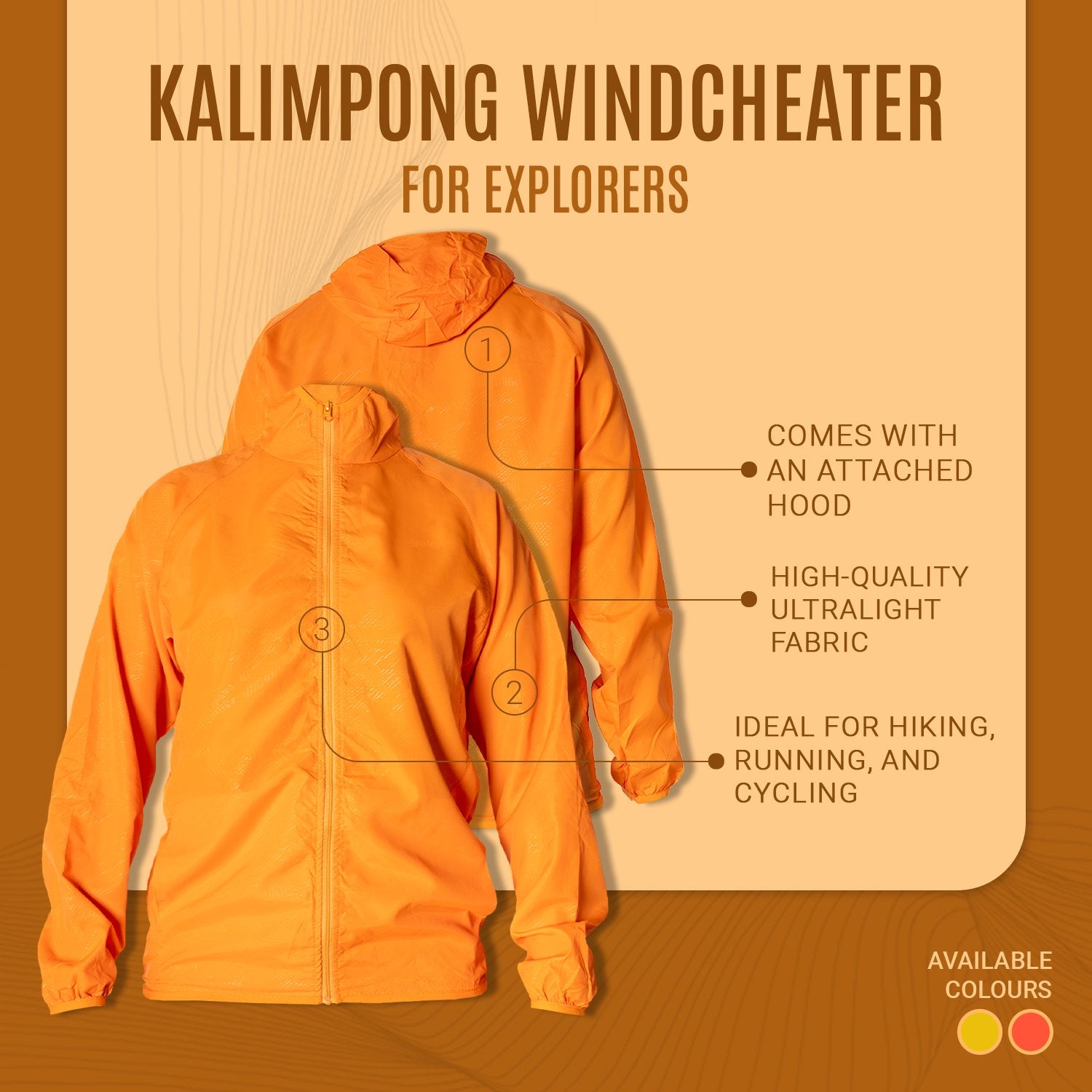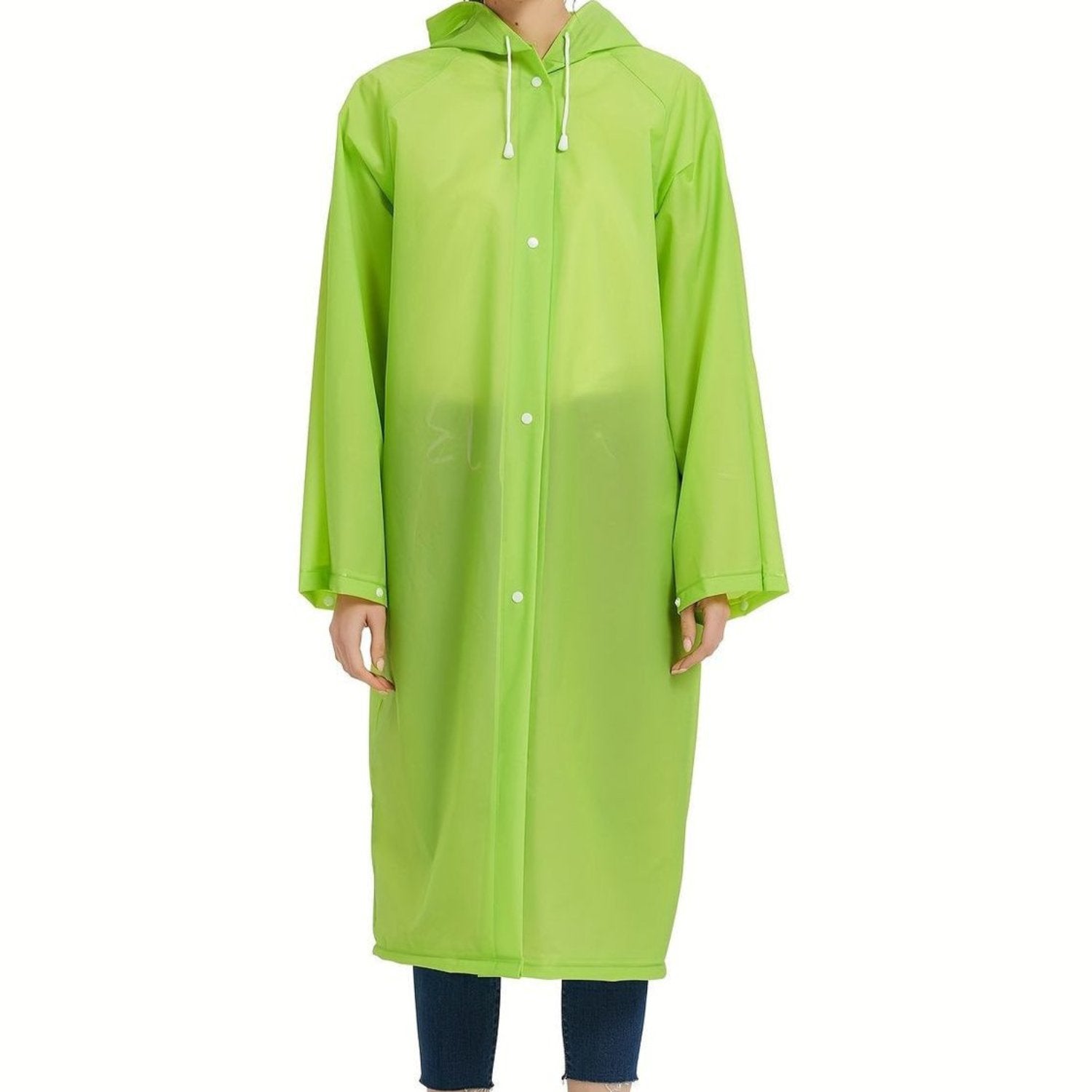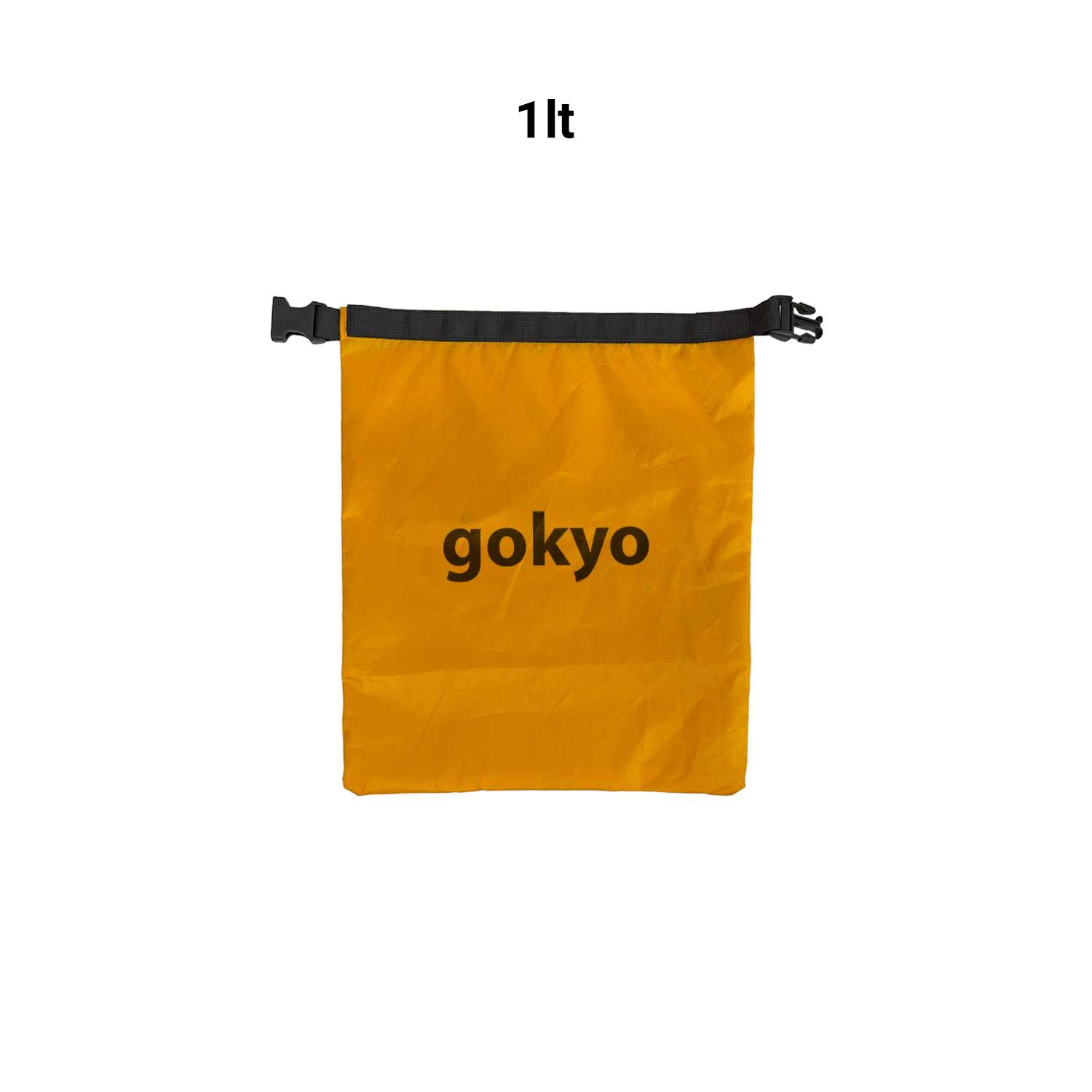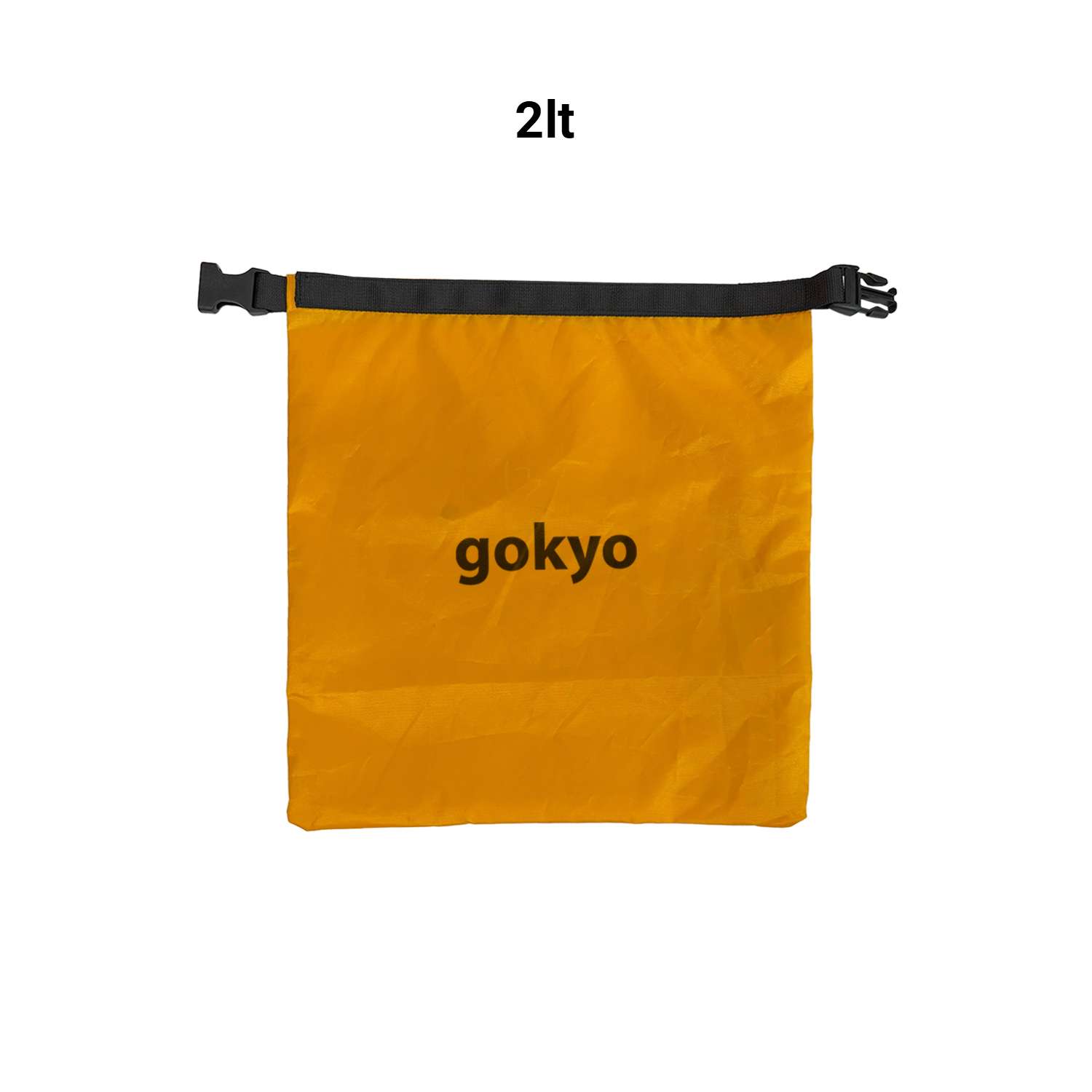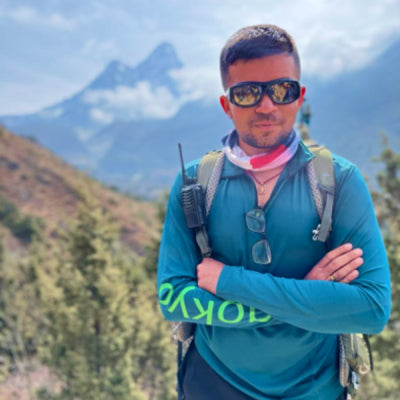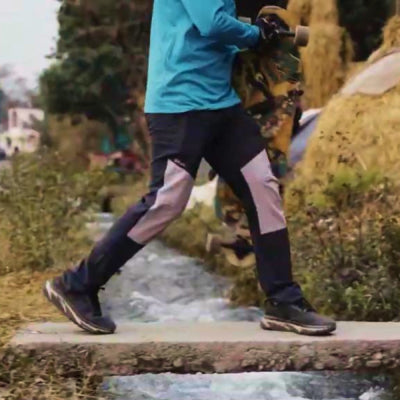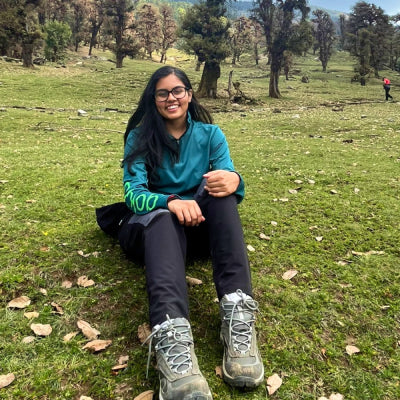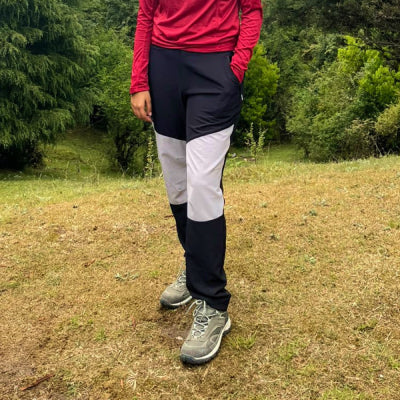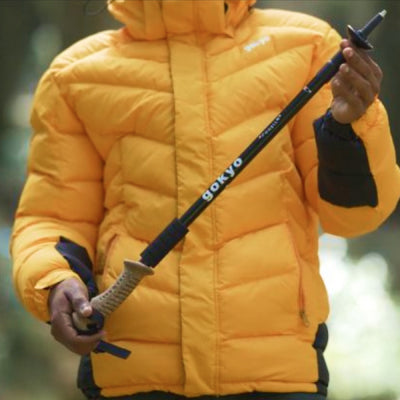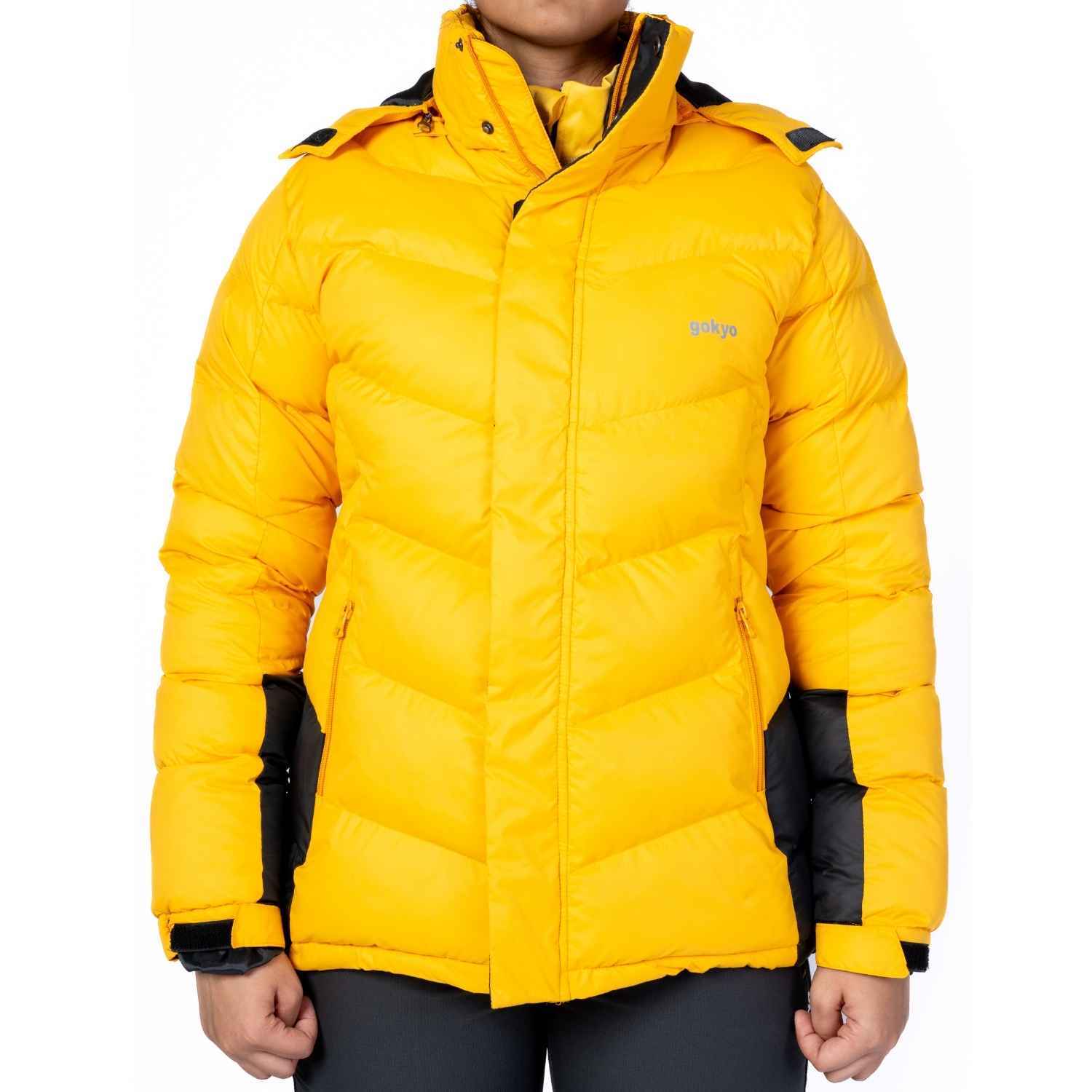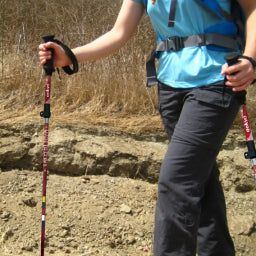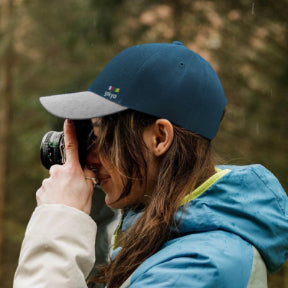The Western Ghats — India’s Rain-Drenched Paradise
There’s something sacred about how the monsoon transforms the Western Ghats. Spanning across Maharashtra, Goa, Karnataka, Kerala, and Tamil Nadu, these ancient hills shed their dusty browns and burst into layers of lush green. Everything breathes again: trees, soil, waterfalls, and even you.
The rains don’t just fall here, they awaken. Small villages come alive with mist swirling through rooftops, frogs return to their songs, and trails disappear into fog like secret passages.
If you're craving a monsoon escape where every step feels like a new Instagram reel and every breath smells like wet earth, the Ghats are calling. But before you pack your bags, don’t miss this blog on Hidden Monsoon Treks Near Mumbai You Didn’t Know About; you might just find your next secret trail.
Why the Ghats Are a Monsoon Lover’s Dream
1. Every Trail Leads to a Waterfall
Some are roaring giants like Dudhsagar Falls, and others are shy little streams you discover by accident. You’ll want to stop every 10 minutes just to stare.
2. Forests That Hug You
It’s not just walking, it’s an immersion. You’ll move through wet, wild forests, hear hidden streams, and spot mushrooms, butterflies, and strange glowing insects.
3. Clouds That Play Hide and Seek
The way the fog rolls in, covers everything, and then disappears in seconds? It’s like a movie. You’re in it. And it’s unforgettable.
Where to Go: Top Monsoon Treks in the Western Ghats
Beginner Treks
- Lohagad Fort, Maharashtra – Stone paths, fort ruins, and panoramic valley views.
- Wayanad Forest Trails, Kerala – Lush jungle walks with bird calls for background music.
Intermediate Treks
- Rajmachi Fort, Maharashtra – Misty meadows, waterfalls, and fireflies, if you camp overnight.
- Chembra Peak, Kerala – With that heart-shaped lake that everyone’s obsessed with.
Advanced Treks
- Kudremukh, Karnataka – Long, tough, but breathtaking. You’ll feel on top of the world — literally.
- Tamhini Ghat, Maharashtra – A combination of winding roads, short hikes, and non-stop views.
Best Time to Visit the Western Ghats
Monsoons run between June and September, and that’s when the Ghats are at their best. Lush, alive, and loud.
Ideal Travel Windows:
- Mid-June to early August – perfect for waterfalls and thick mist.
- Late August to September – safer, as the rains are lighter, but the greenery is still stunning.
- If you're trekking with friends or going for photography, August is your jackpot month. But always check the local weather before you leave; the Ghats can get stormy quickly.
How to Reach the Western Ghats
The Ghats stretch over a massive area, so where you go depends on which region you’re planning to explore.
By Train:
- Lonavala/Khandala (Maharashtra): Via Mumbai–Pune line
- Madgaon (Goa): Konkan Railway
- Mangalore/Kozhikode (Karnataka/Kerala): Well connected by trains from Bengaluru, Chennai, Kochi
By Road:
- State buses or self-driving cars from Mumbai, Pune, Bengaluru, and Kochi are super convenient.
- You can also hire local jeeps near trail bases, especially in remote villages.
By Air:
-
Closest airports: Pune, Goa, Mangalore, Kochi, Calicut
From the airport, take a train or bus to the nearest hill town or village base.
Pack Smart, Trek Smarter
Monsoon in the Western Ghats isn’t just rain, it’s a full sensory overload. Mist hugging the ridges, streams rushing at your feet, and everything soaked in life. One minute you're strolling under sunshine, and the next you're drenched to your socks. That’s why packing smart isn’t a travel hack — it’s survival wisdom. Let’s break down the essentials.
Start from the Ground Up: Footwear
Slippery rocks, muddy slopes, and surprise river crossings, the Western Ghats throw it all at you. That’s why your first investment should be a solid pair of hiking shoes. Prioritize grip, water resistance, and ankle support. You’ll be navigating wet leaves and uneven stones, and these shoes are what will keep you upright and dry. Wet socks and twisted ankles? Big mood killers. A reliable pair of shoes = happy feet = better trek.
Trail-Tested Trekking Shoes You Can Rely On
Wear What Works in the Rain
Your clothes need to be smarter than the weather. Skip cotton, once it’s wet, it stays wet and weighs you down. Opt for breathable, quick-drying materials. A cargo shirt for men isn’t just a style flex; it's practical. The extra pockets help stash granola bars, tissues, or a trail map within arm’s reach. Pair that with the Spiti Trekking Pants from Gokyo Outdoor Clothing & Gear, they're designed for action, dry super quickly, and flex as you climb, squat, or jump over puddles. Comfort = endurance.
Small Accessories, Big Impact
Don’t underestimate the power of small add-ons. The monsoon doesn’t fall politely; it lashes, drizzles, and mists from all directions. A cap for men shields your face and eyes, helping you see through all the wet chaos. When the sun does make an appearance, sunglasses help protect your eyes from that sudden blinding glare off wet rocks and shiny leaves. A small shift like that can prevent a slip or fall. These aren't vanity items, they're smart survival add-ons.
Must-Have Caps for Hikes and Road Trips
Carry It Right
Your bag is your mobile home during the trek. Invest in good trekking bags from Gokyo Outdoor Clothing & Gear, ones with strong zippers, multiple compartments, and waterproof lining. Look for designs with chest and waist straps that help distribute the weight and reduce back strain, especially when you're walking long distances uphill. Pro tip: don’t overload. Carry only what you need, and balance your load evenly.
Western Ghats Pro Tip
Always keep key items like a poncho, flashlight, snacks, and phone charger in easy-access outer compartments in your trekking bag. Put electronics and spare clothes in zip pouches or dry inserts. Wet gear ruins the vibe and the memories. Traveling with friends? Distribute group gear like first-aid kits or stove sets to lighten individual loads. Monsoon trekking is about enjoying nature, not being buried under soggy supplies.
Do’s and Don’ts for Monsoon Treks
What to DO:
- Start early to avoid afternoon downpours
- Keep your phone in a ziplock bag
- Use walking sticks for support
- Stay hydrated and carry energy bars
- Always inform someone of your trail and return time
What to AVOID:
- Don’t wear sneakers or open shoes
- Don’t trek alone on unknown trails
- Don’t go during red-alert weather days
- Don’t ignore small injuries — treat them early
- Capture the Ghats, Through Your Lens
Monsoon in the Ghats is a dream for photography. Here’s what to shoot:
- Water falling in slow motion from mossy cliffs
- Locals wrapped in shawls or walking with umbrellas
- Wildflowers blooming between rocks
- Cloudbursts, fog swirls, and wet leaves
Carry silica gel for cameras and a waterproof pouch for phones. Rain + tech don’t mix well otherwise!
Food That Feeds More Than Hunger
After a wet, cold, energy-sapping trek, the food hits differently. It's not just a meal, it’s a reward.
In Maharashtra, a vada pav from a roadside shack with a steaming cup of chai feels like comfort in edible form. The spice cuts through the cold, and the bread, still warm from the griddle, is oddly comforting.
Further south, you might find yourself sitting in a small home-turned-café, where soft idlis melt under tangy sambhar or crispy banana fritters are paired with fresh filter coffee. These aren’t gourmet meals, but they’re made with care, and they bring you back to life.
Carry basic nutrition bars if you're venturing deep into the jungle. But once you're back near civilization, don’t skip the chance to eat what the locals are cooking — it’s often the best part of the day.
Final Thoughts: Walk Into the Wild
The Western Ghats aren’t just mountains, they’re storytellers. Each bend in the trail whispers something ancient. Every raindrop that lands on your skin feels like a ritual. This isn’t the kind of place you just visit, photograph, and move on. It’s the kind that lingers in your memory long after the mud has dried on your shoes.
During the monsoon, the Ghats transform into a world of their own. The forests throb with life. Frogs sing louder. Waterfalls swell with fury and grace. The air smells of wet leaves, wildflowers, and clean earth. It’s not just a hike, it’s a sensory reset.
This is where you lose signal but find clarity. Where you walk miles without distraction. Where silence feels like a conversation with yourself. Whether it’s the stillness of a mist-covered peak, the thrill of leeches under your socks (yes, even that), or the joy of sharing trail snacks with strangers-turned-friends, every step gives you something real.
So lace up those hiking shoes, zip up your trekking bags, and let go of your timelines. Let it rain. Let your clothes get muddy. Let your hair curl and your phone die. Stand on a cliff. Sit by a stream. Journal in a hut. Take it all in.
Because sometimes, escape isn’t about going far, it’s about going deep. And the Western Ghats, with their cloud-kissed ridges and muddy trails, offer just that.
So this monsoon, don’t just travel. Surrender. Walk into the wild. Let the Ghats remind you how to feel alive.
Energy-Boosting Food and Supplements for Trekking and Travel
Frequently Asked Questions (FAQs) : All the Stuff You’ll End Up Googling Mid-Trek
1. Is monsoon trekking suitable for those with low fitness levels?
Of course! Start with easy ones like Lohagad or Wayanad. You don’t need to be an athlete, just a bit prepared. Light hikes before the trip help. Also, sip on sugar-free electrolyte powder while trekking. It really helps in that sticky, sweaty weather.
2. What size bag is “just right” for a 2-3 day trek?
A 40–45L trekking bag is the Goldilocks of trekking gear. Not too big, not too tiny. Make sure it’s got rain protection and enough compartments for things like disposable towels, snacks, a poncho, and a hundred other last-minute “just-in-case” items.
3. How do I keep up my energy on the trail? I get hungry every 2 hours.
Honestly? Same. Keep munchies handy: energy bars, fruit, and trail mix. For real stamina, protein food supplements can save the day. And sip water with electrolyte powder so you’re not wiped out halfway through the climb.
4. Can I take my camera? Or will it get drowned in the rain?
You can take it, but only if you baby it. Wrap it in waterproof pouches inside your bag. Bring a couple of disposable towels too, they’re perfect for drying hands and lenses when the mist hits hard.
5. Should I trek solo or tag someone along?
Tag someone! It’s safer and way more fun. If you do go solo, leave your route details with someone. Also, pack smart: keep your toiletry bag, whistle, flashlight, and snacks within easy reach. You don’t want to be digging through your bag in the rain.
6. What should I eat after the trek to bounce back?
Once you're back at base, nothing beats hot local food, vada pav, idlis, filter coffee, you name it. But till then, keep protein food supplements handy post-trek to help your sore legs forgive you. It’s the difference between dying on Day 2 or bouncing back strong.


